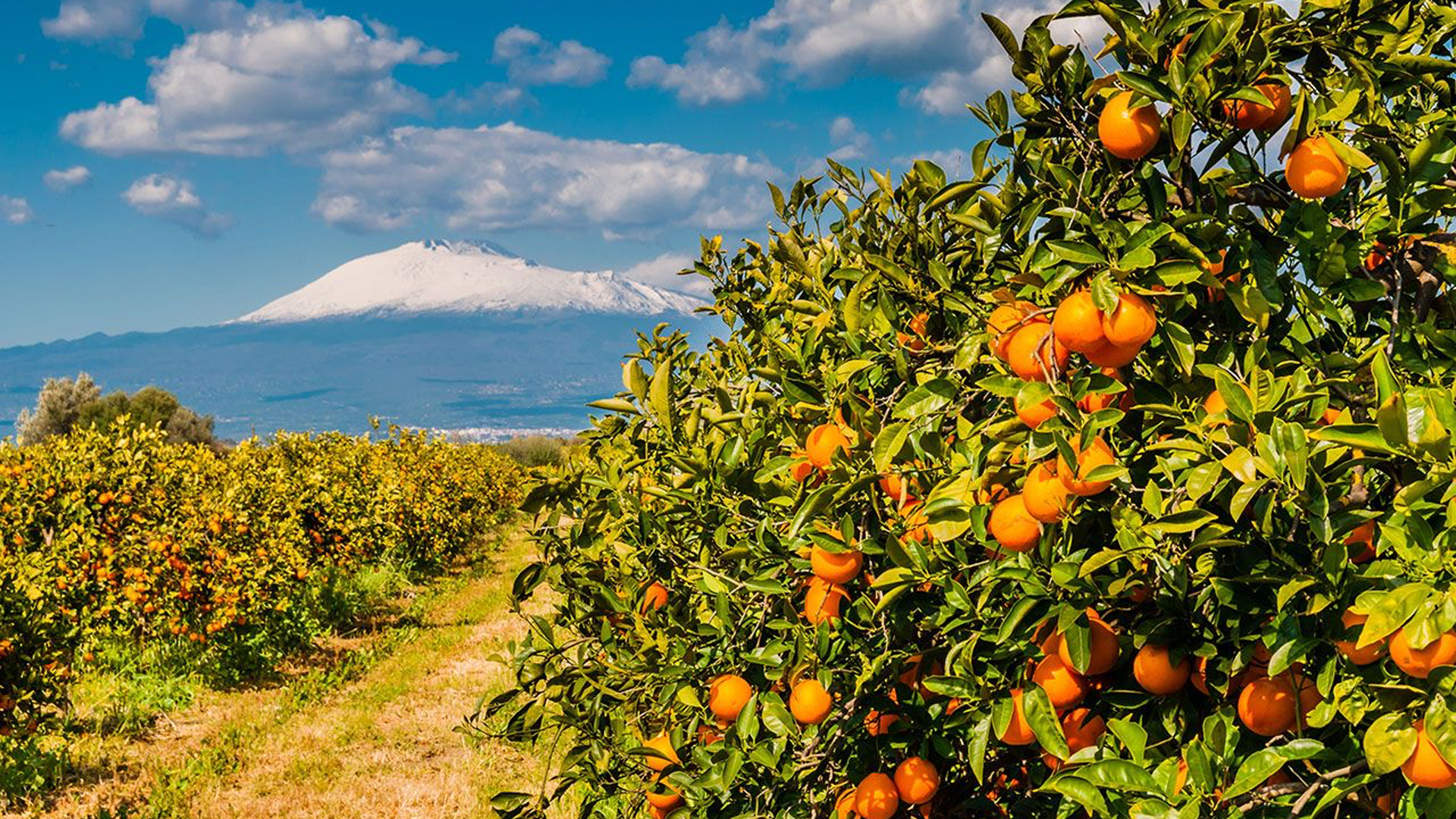Citrus is well known around the world, it’s used in many different cultures to flavor dishes and adorn gardens. As we place them in our baskets at the supermarket, are any of us thinking about the other varieties that exist out there? Italian citrus is as diverse as the rest of Italian cuisine and here is a list of the different Italian citrus fruits to add into your diet:
Cedro
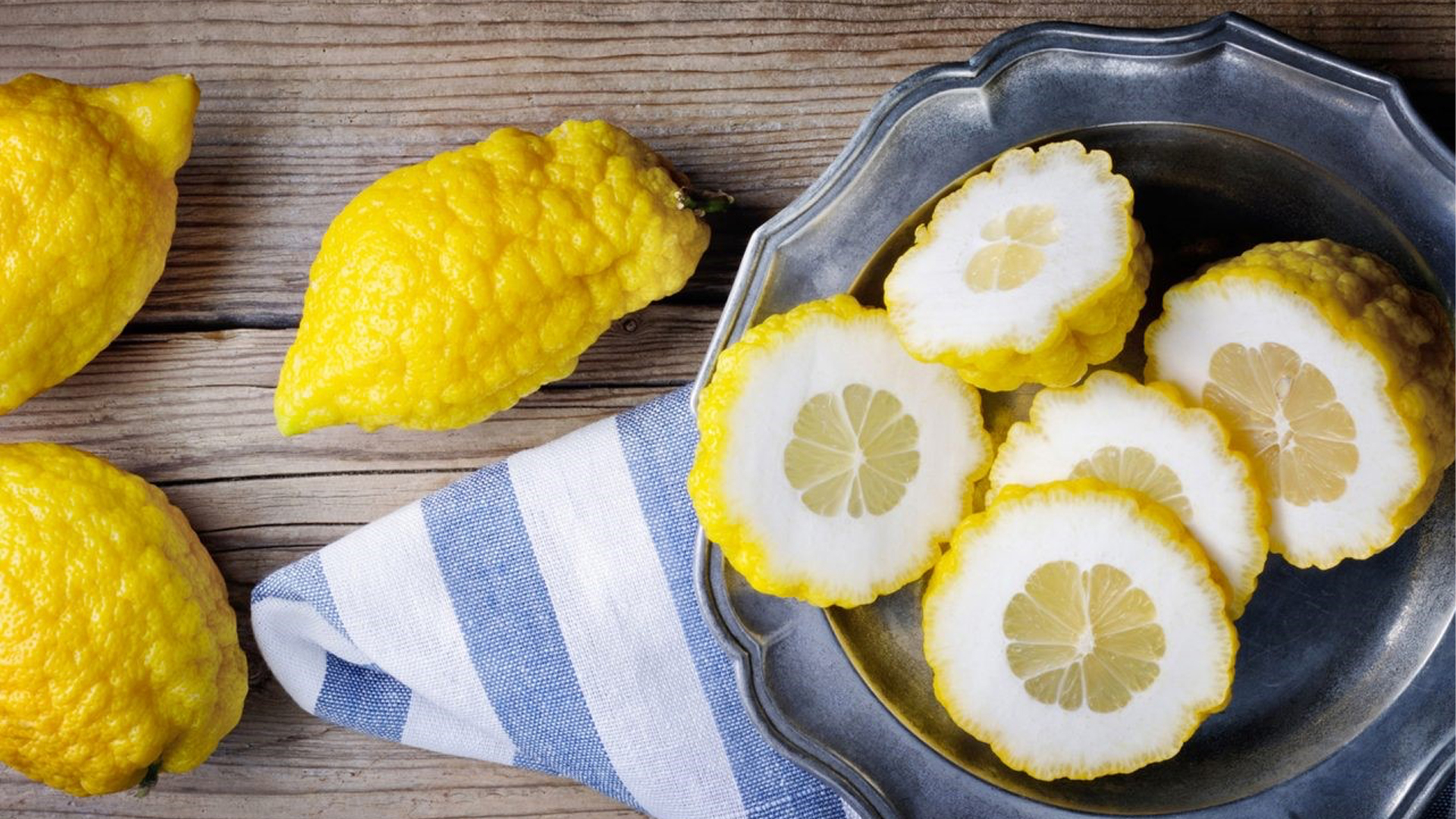
The term is the same for cedar wood in Italian, but contextually it refers to citrons, the first citrus fruit introduced to Italy around the third century. These big lumpy lemons have a thick pith, the meaty white part of the lemon between the skin and the pulpy flesh. They are common along the Amalfi coast and grow to enormous sizes, at least when compared to more traditional lemons. Some can weigh as much as four pounds and look like an enormous football. The pulp is sweet, but there is very little of it.
Verdello

A common variety of lemon in Sicily, the verdello is produced by encouraging overly abundant flowering. The variety is high in vitamin C, and is used as a sour flavor additive.
Melàngolo
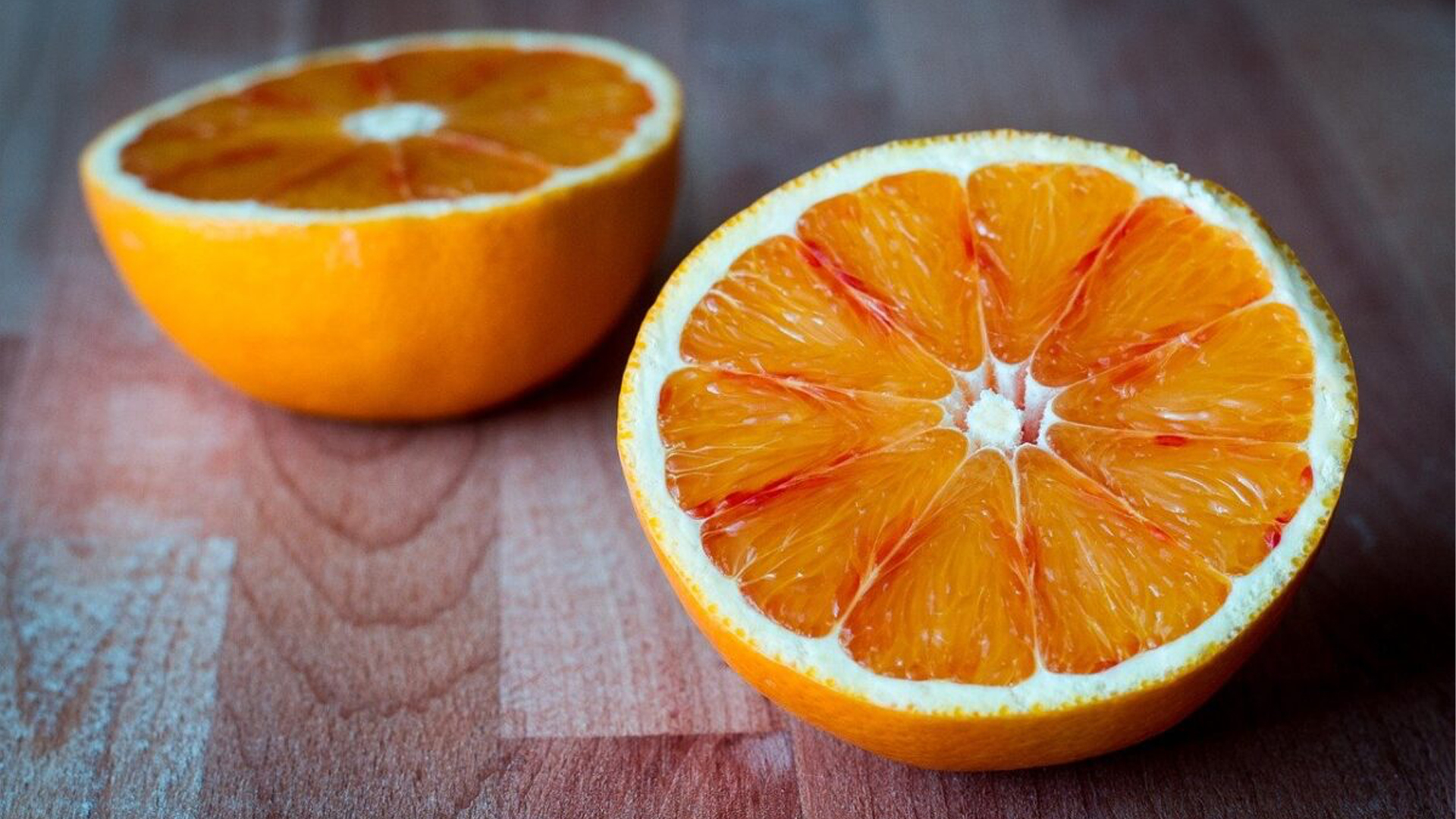
Also known as the bitter orange, this fruit hybrid of mandarin and pomelo first arrived in Sicily in the 9th century. While it can be used for jams, it is more commonly consumed as a flavor additive, especially in liquor. The roots of the Melàngolo are particularly hardy, and often used as a base tree for other citrus with delicate systems.
Chinotto
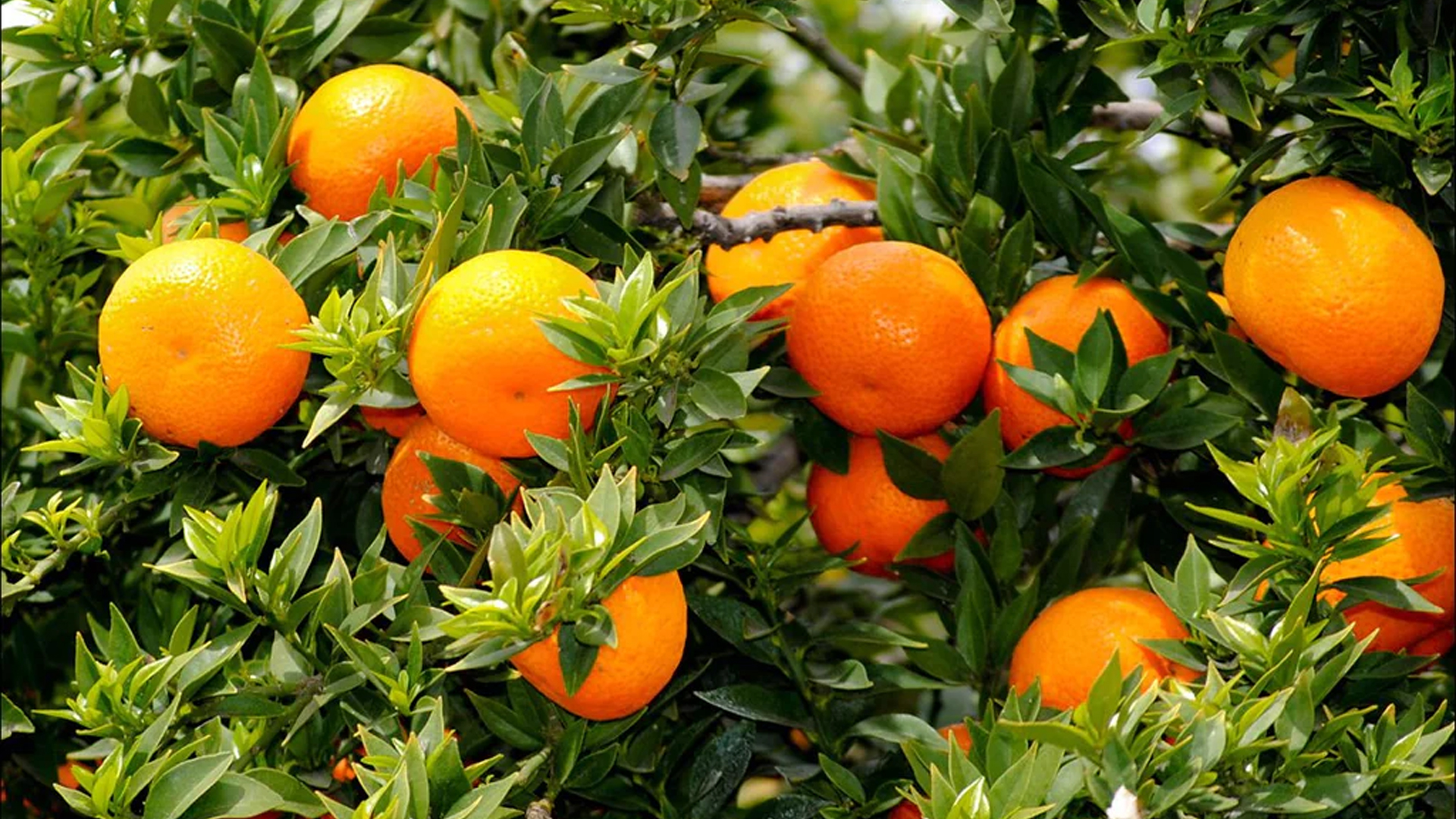
Originally grown in China, the Chinotto orange is bittersweet and often used as a flavoring for drinks. From the 1950s onward, San Pellegrino introduced a Chinotto soda, a mass-produced version of a traditionally made orange drink. Coca-Cola has a similar flavor in the Fanta line.
Bergamot
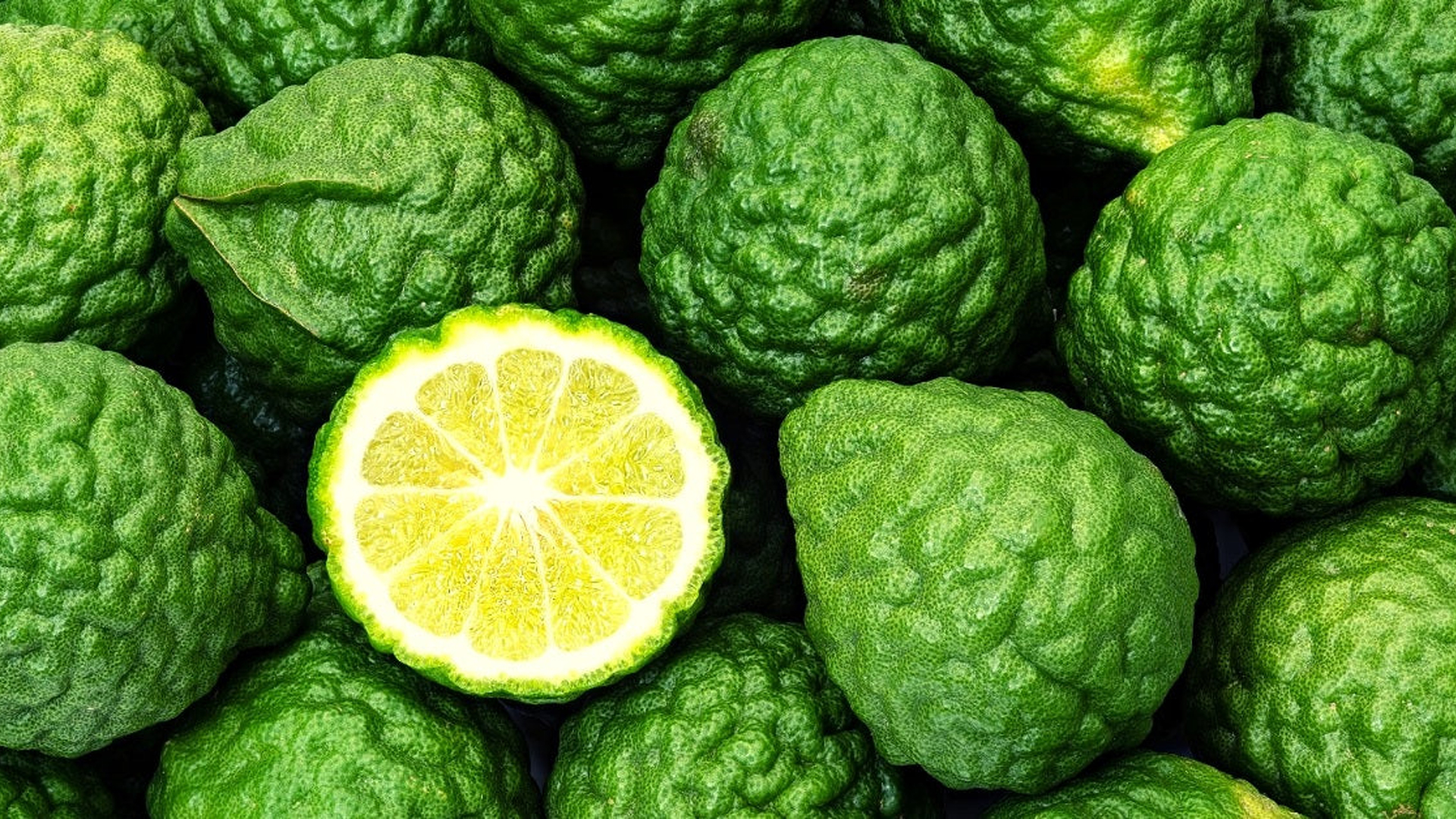
This citrus variety developed in southern Italy likely by creating a hybrid of lemon and oranges. The fruit was originally used in perfumes as an essential ingredient in eau de Cologne. According to Waverly Root in The Food of Italy, Paul de Feminis of Milan brought the recipe to Germany. Root also suggests the name Bergamot is derived from the town Bergamo in Lombardi, although oranges do not grow there. During World War II, Italian fruit growers were unable to export it to Allied powers, and alternative citrus were developed in South America.
Sanguinello

A variety of blood orange that developed in Sicily, perhaps as early as the 17th Century. It was a natural mutation, and two other varieties of blood orange can be traced back to it.
Moro
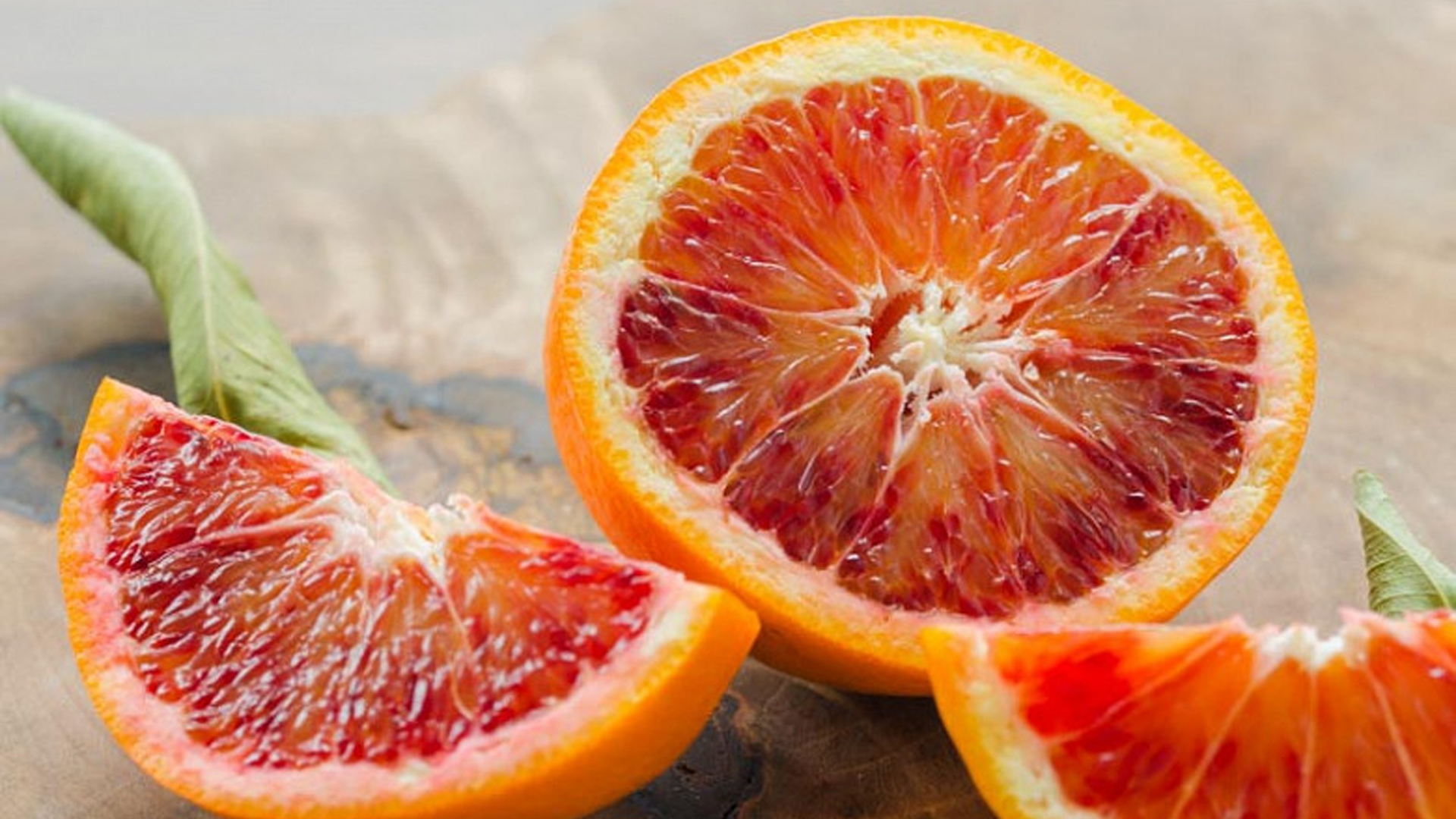
The Moro was found growing in citrus groves around Siracusa, Sicily. The region had long been home to the agricultural production of the Sanguinello. The Moro is darker, bright red, and the flavor is more bitter than the Sanguinello.
Tarocco
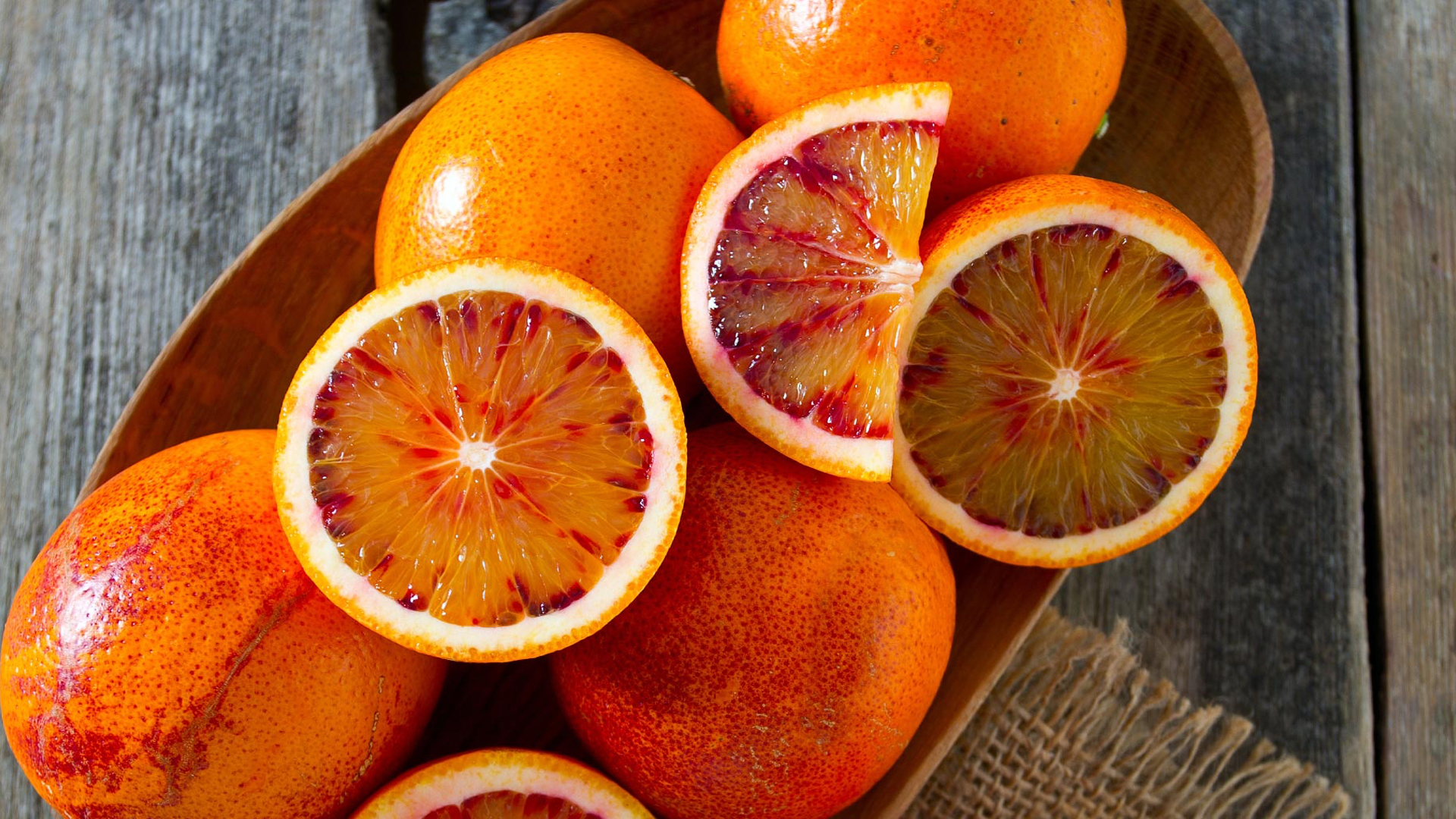
Another mutation of the Sanguinello varietal, Tarocco's were first found in the early twentieth century, also around Siracusa. However, it is thought to have developed about a century earlier than it was found, sometime in the early 1800s. Tarocco's are sometimes known as the "half-blood orange" because the outer layer of zest is not deep red and the flesh can be molted. It is eaten raw or cooked, but also makes a great pairing with alcohol. In the cocktail recipe book, Spritz: Italy's Most Iconic Aperitivo, Talia Baiocchi and Leslie Pariseau recommend pairing juice of the Tarocco with vanilla syrup, lemon juice, prosecco, gin, and Cappelletti.
Ian MacAllen
Ian MacAllen is America Domani's Senior Correspondent and the author of Red Sauce: How Italian Food Became American. He is a writer, editor, and graphic designer living in Brooklyn. Connect with him at IanMacAllen.com or on Twitter @IanMacAllen.

